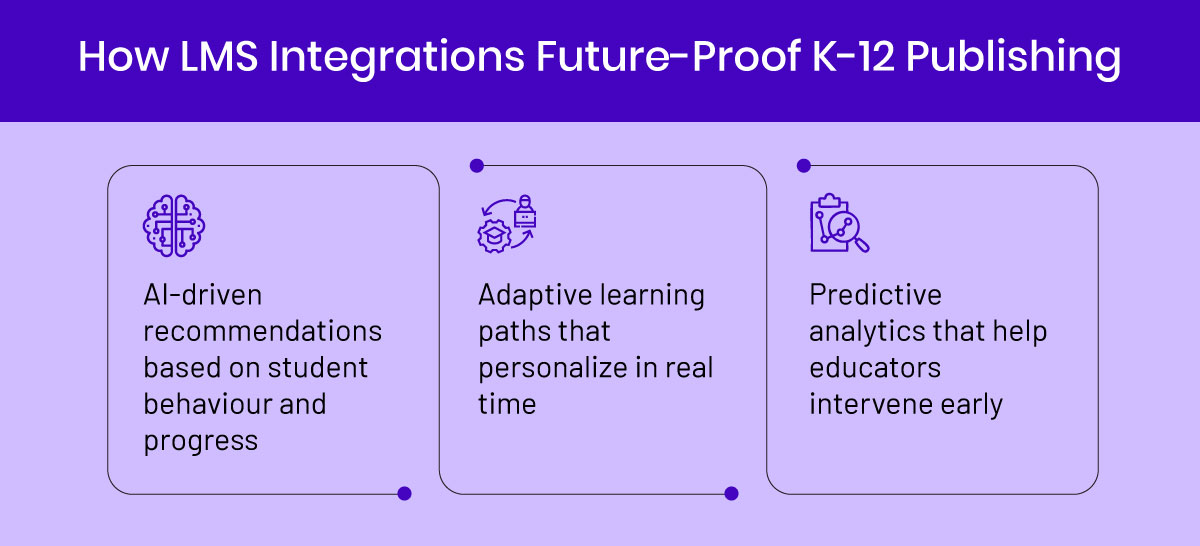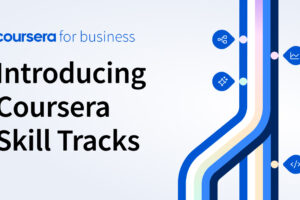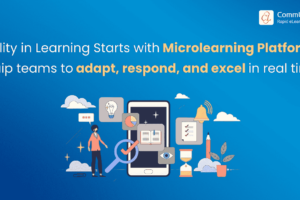
Learning Isn’t Just Digital—It’s Connected. Are LMS Integrations for K12 the Missing Link?
It takes just a tap on your phone to switch from a social media ad to an ecommerce app to read all the specifications and check a video for further details. Yet another tap to track your order delivery status. While the world progresses to an always-connected ecosystem, learning remains disconnected. Teachers and students are juggling between platforms and learning tools. The era of hyperconnectivity demands that K-12 publishers think beyond content creation and focus on delivering connected learning experiences. Interactive digital content is now table stakes. The real challenge is ensuring that experiences remain seamless across systems. This is why LMS integrations for K-12 no longer remain ‘nice-to-haves.’ These are the foundation of a connected learning ecosystem that schools and districts need today. For K-12 publishers, digital content integrations with learning platforms are a strategic enabler, creating a meaningful and scalable impact.
The Problem with Standalone Content Platforms
In the 2023-24 school year, US districts used an average of 2,739 tech tools! Teachers are not necessarily tech savvy. All they want is for technology to add convenience. Having more tools is not going to solve the problem. Education designers need to simplify access to these tools. After all, the promise of technology is convenience, not chaos.
Most publishers overlook the importance of embedding content within teaching workflows. This creates a disconnect and leads to dissatisfactory experiences. Imagine a teacher in a classroom of 25, trying to demonstrate an experiment and spending time logging in. So many students would lose interest, and others may miss the context. Plus, in a short-staffed environment, teachers do not have the time to log in and switch between rostering tools, analytics apps, etc.
This frustration forces them to revert to manual ways, and even the best content may remain underutilized or, worse, abandoned.
LMS Integrations: More Than a Checkbox
Foremost, K-12 publishers must switch their perception that LMS integrations are a mere backend necessity. In an always-on, always-connected learning ecosystem, seamless LMS integration with K-12 digital content platforms is non-negotiable. It is an amplifier to the experience you deliver. Wondering how? Take a look:
Effortless Navigation
Single Sign-On (SSO) allows users to switch between apps and tools with one tap. No need to remember multiple passwords or reset them every time you need to log in.
Rostering Automation
Advanced edTech solutions for LMS integration use data extracted through connected systems to automatically sync the calendars of students and teachers.
Assignment Syncing
A single update from the teacher or solution updates everywhere. Students do not need to manually inform teachers that assignments are submitted, nor do teachers have to manually prepare results or mark lists.
Grade Passback
The best LMS integrations for K-12 publishers eliminate manual data entry. Auto-checking of assignments and automatically updated grades take over the administrative workload from teachers.
Data Interoperability
With the K-12 digital content platform integration, data points and insights flow across the system. The increased visibility drives better data-informed decision making.
The Strategic Advantage for Publishers
LMS integration solutions for K-12 publishers can be a growth lever because integrable content:
- Is more adoptable, discoverable, and sticky for schools and districts.
- Unlocks real-time data on usage, engagement, and learning outcomes.
- Helps build stronger district relationships through ecosystem alignment.
Read related blog: https://www.getmagicbox.com/blog/6-ways-lms-integrations-power-online-learning-platforms-to-deliver-the-joy-of-learning/
Future-Proofing Your K-12 Digital Strategy with LMS Integrations
LMS content integrations for K-12 publishers open the door to AI-powered personalization, adaptive learning, and predictive analytics. Publishers who prioritize deep, standards-based, and scalable integrations are set to be better positioned for district partnerships and large-scale adoptions.


Decision-makers are increasingly focused on evidence of impactful learning yielding the desired outcomes. Seamless LMS integration with content and analytics tools in education can be of great help for education decision-makers.
Conclusion: The Call to Publishers
Learning journeys are no longer isolated. With digitalization, these are overloaded with the flow of information and tools from all directions. The same goes for teachers, course creation, assessment development, and learning analytics. They need all systems to effectively add value to a student’s journey. Disconnected systems cannot meet their needs.
The need of the hour is to integrate learner-centric ecosystems. In today’s world where K–12 learning is not enough to be digital, it must be interconnected. It is time publishers embrace LMS integrations as core to their offering. This can position them ahead of the curve as they shape the future of education.
It’s too late to ask, “Can we integrate?” Instead, the question should be, “How can our content live seamlessly in the educator’s ecosystem?” Need answers? Connect with MagicBox to take advantage of the integration platform that helps learning content publishers streamline seamless integration and simplify compliance.
Source link




